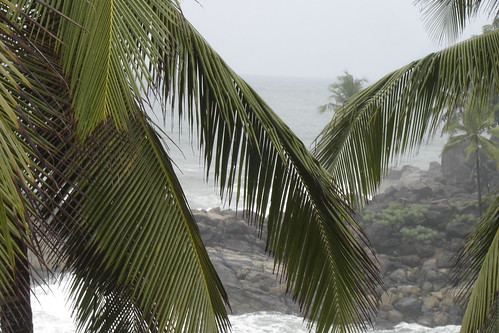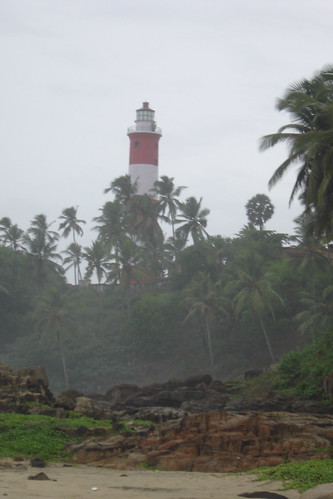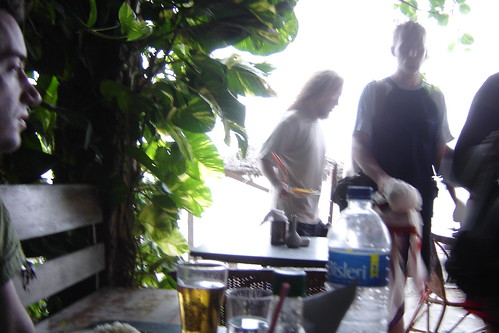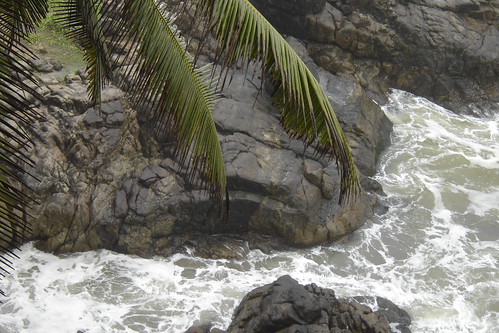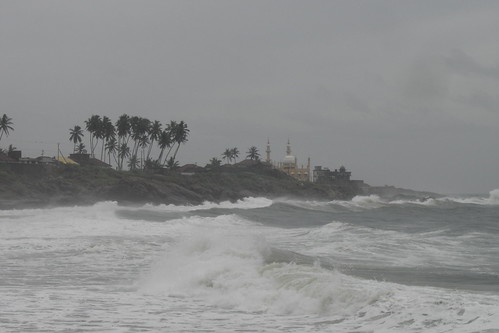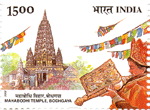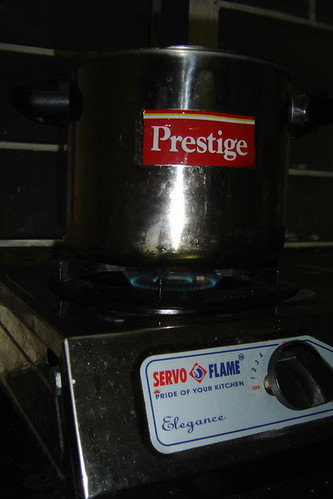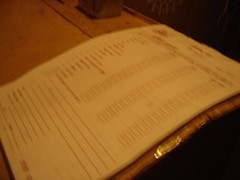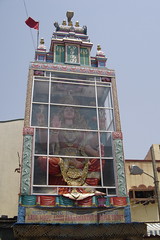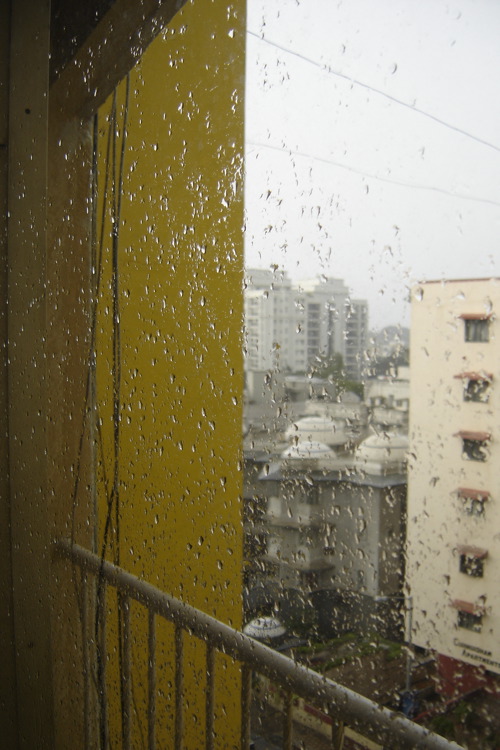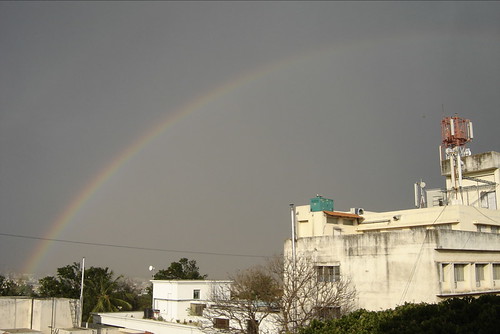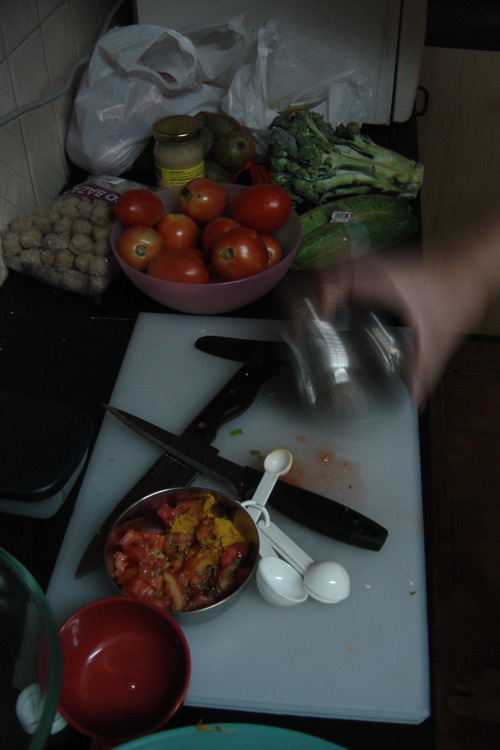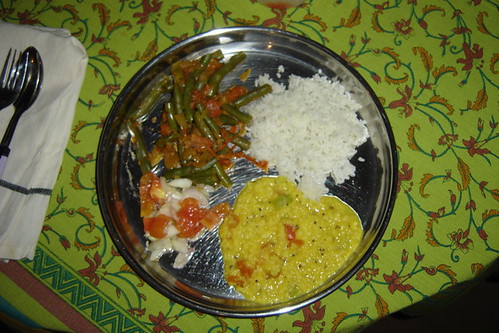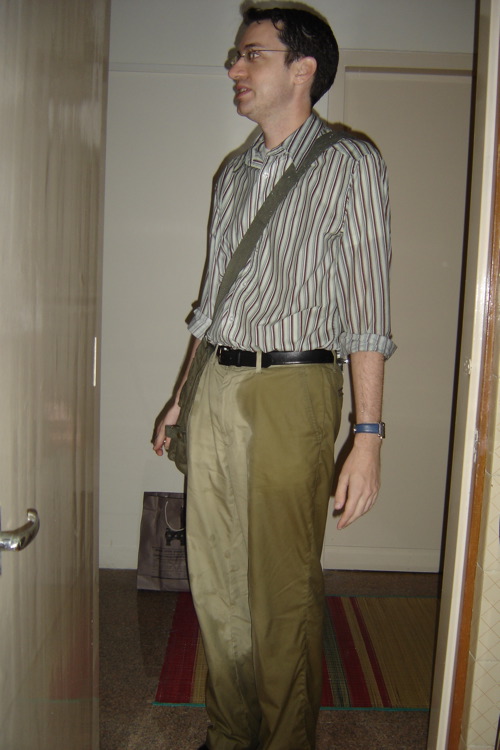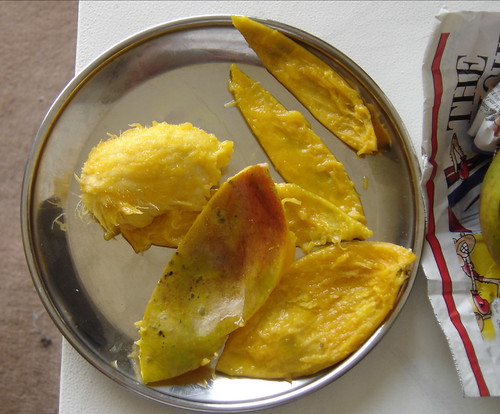I'll Take 20 of "I'm with Stupid"
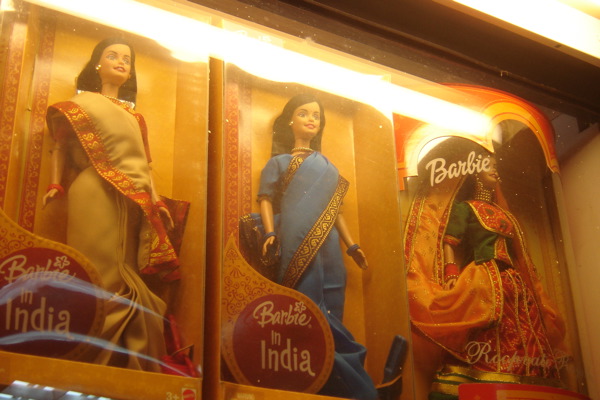
I just came across a newish article by Rolf Potts that tackles Why We Buy Dumb Souvenirs. During a visit to Key West, he was struck by "the bizarre overabundance of T-shirts emblazoned with rude messages." I'm sure there's a much bigger supply in Florida, but even Bangalore has several shops selling touristy shirts like that, and I'm not sure why. Having "Female Body Inspector" covering your chest makes some sort of sense in Key West, but it's really hard for me to get my mind around wearing one in India, even in Goa. Or even worse, taking one back home and trying to convince the recipient that you bought it on the streets of Bangalore. (By the way, if you do need to get some goofball T-shirts while in India, look for the Tantra brand. I've gone on about them elsewhere.)
Rolf also talks about the differences in what people are looking for in Indian markets:
[In] Calcutta's New Market, an unspoken caste system exists between Indian shoppers and souvenir-seeking tourists. The travelers instinctively gravitate toward boutiques that sell carved elephant figurines and decorative jars of saffron, while the Indians shop for rubber bathmats, stainless steel pans, and digital calculators. Buying an electric blender might be more representative of day-to-day Calcutta life than buying Kashmiri silk, although, admittedly, a blender would not look as good in your living room.
But that Indian blender might look awesome in your kitchen, especially once you get that voltage thing sorted out! I agree with him that "department stores and supermarkets" are often a better source for good presents than a souvenir shop is likely to be. Let's just say that when I finally do leave town, my suitcase is going to contain lots and lots of tea. And chickpeas. And maybe one of those cool sari Barbies.
